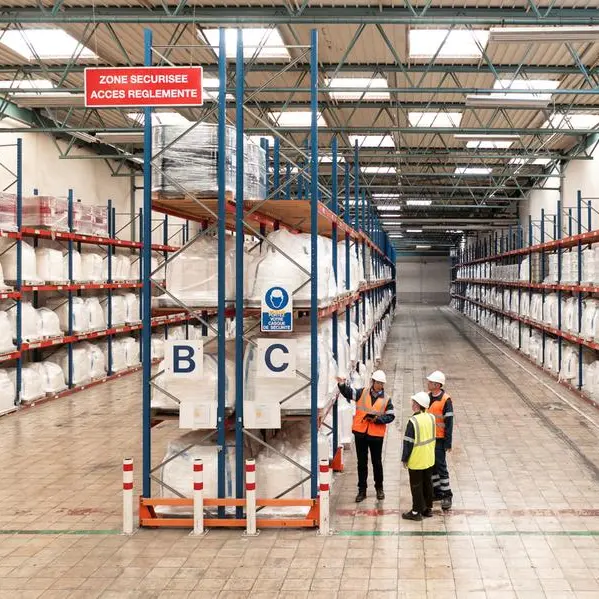PHOTO
LONDON - Recent falls in commodity prices have encouraged expectations the U.S. central bank may be able to get inflation back under control without pushing the economy into a recession.
But this is almost certainly too optimistic because inflation in the services sector is running more than twice as fast as the central bank's target and will not decelerate just because goods prices stabilise or fall slightly.
Food and fuel prices are the most volatile components of the consumer price index, which is why the central bank tries to ignore them when assessing underlying or "core" inflationary pressure.
Prices for other durable and non-durable goods are also volatile and short-term changes can give a misleading picture of sustained inflationary pressure.
But prices for services are much more stable and persistent, with changes driven largely by labour costs, and they account for more than 60% of total consumer spending.
Services inflation, measured by the price index for personal consumption expenditures (PCE), the central bank's preferred measurement of inflation, has been accelerating.
Service prices have risen at annualised rates of 3.0% over the last five years, 3.9% in the last two years, 4.7% over the last 12 months, and 5.5% over the latest three months.
PCE services inflation is running 2-3 times faster than the central bank's target of 2.0%, implying the economy must undergo significant disinflation to get back to the target rate.
BUMPY LANDING
In the five decades since 1970, the U.S. central bank has never managed to reverse a rise of services inflation of this magnitude without pushing the economy into some form of recession.
Even if the central bank is able to defy the precedent and engineer a soft-landing, a mid-cycle slowdown rather than a cycle-ending recession, the impact on employment and consumer spending is likely to be uncomfortable.
Since services prices are much more "sticky" than goods prices, achieving a modest slowdown in services inflation is likely to be accompanied by a much sharper downturn in merchandise prices.
This is one reason why commodities and energy prices have fallen so hard in recent weeks in response to the increasing probability of a recession or at least a business cycle slowdown.
As the U.S. Federal Reserve and other central banks raise rates to tame services inflation, suppliers of raw materials and manufactured products will be hit disproportionately hard.
The impact is evident in share prices of commodity producers, industrial machinery makers and manufacturers compared with services providers.
The U.S. S&P 500 equity index has been down by around 9% over three months from May to July compared with the same period in 2021. But shares in diversified manufacturer 3M are down 32% over the same period; Micron Technology, a semiconductor manufacturer, down 24%; and Caterpillar, a heavy equipment maker, down 15%.
Tumbling share prices for commodity producers, manufacturers and freight transporters imply traders expect a sharp downturn on the merchandise side of the economy.
John Kemp is a Reuters market analyst. The views expressed are his own.
(Editing by David Evans)























